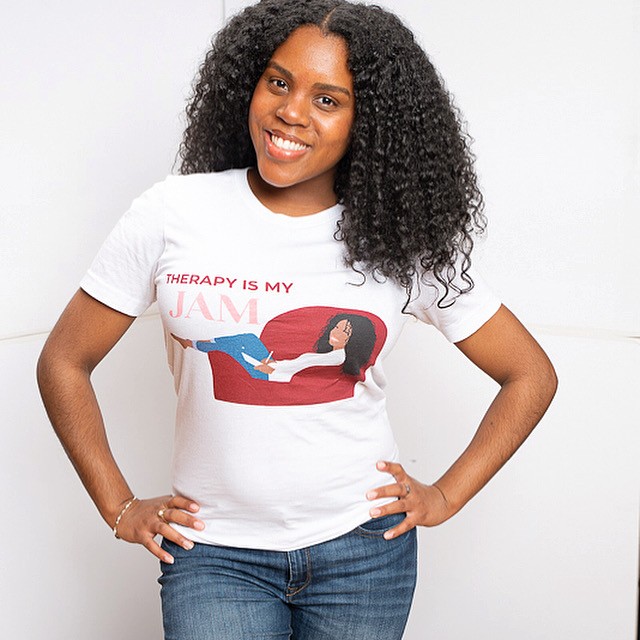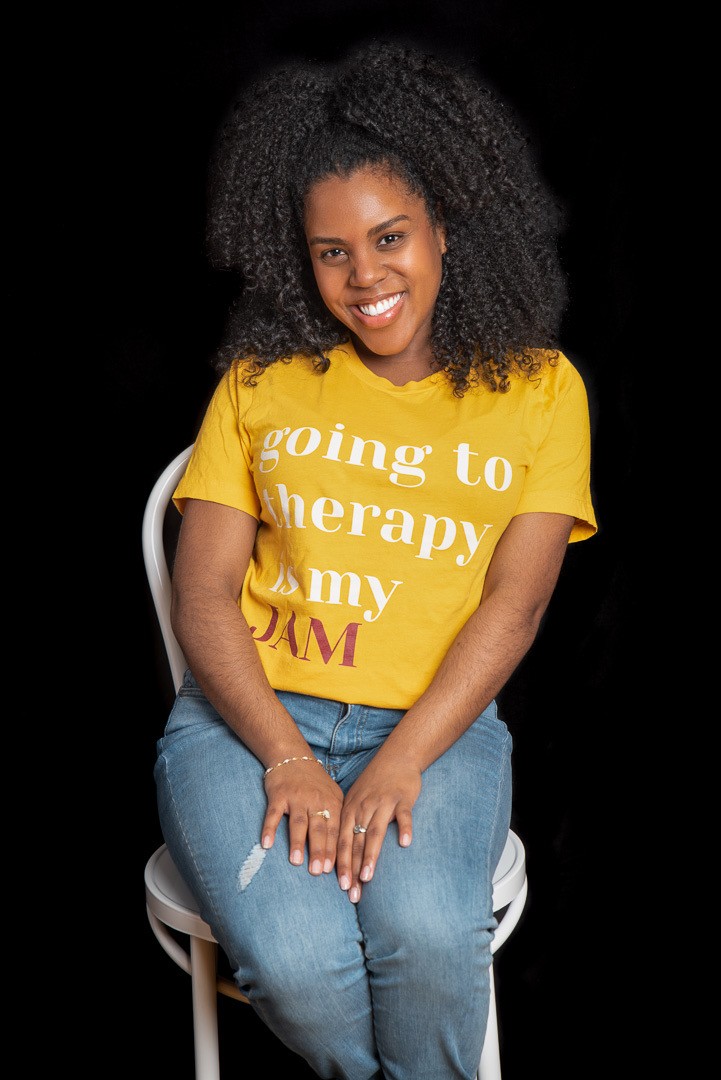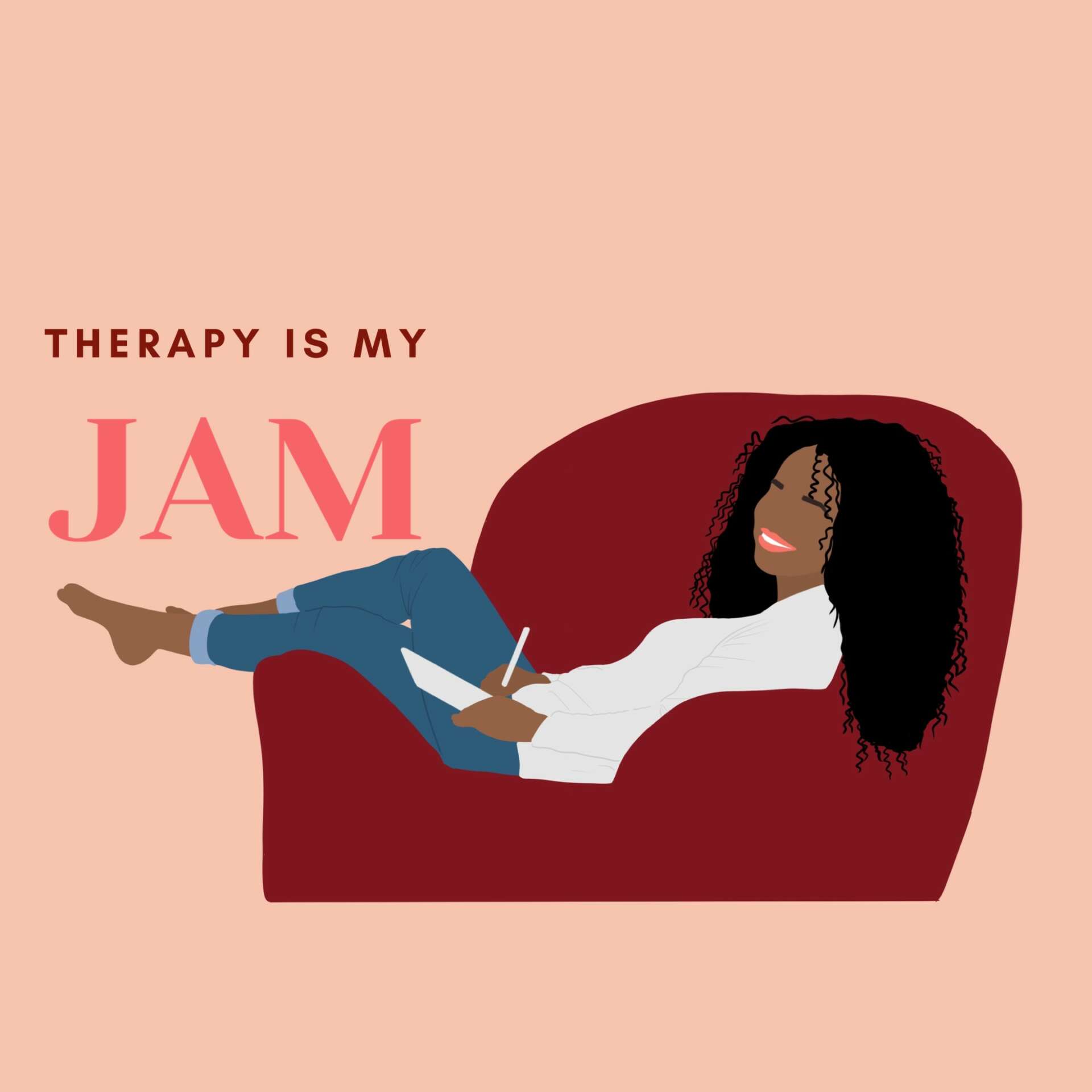We were lucky to catch up with Jordan Madison recently and have shared our conversation below.
Jordan, looking forward to hearing all of your stories today. We’d love to hear the backstory of how you established your own practice.
Never would I have imagined starting my own practice this soon in my career. When I was younger, I assumed I wouldn’t be able to have my own practice until I was at least 30. But with Covid, and the rise of Telehealth visits, creating my own practice became a dream much sooner than I expected. I probably originally decided to start my own practice when I was a teenager, watching Private Practice (The Grey’s Anatomy spin off.) But I didn’t decide to put this dream into motion until January of 2021.
When I first had the idea, I thought I would continue working at the private practice I had been at for the last two and a half years, and start my practice on the side. Seeing 2-3 clients, 2 days of the week. However, when discussing this with my boss at the time I was told I wouldn’t be able to work for her practice, and work for my own. So I knew I would have to take the leap of faith and start my own, even though it was scary and I didn’t want to leave the place I had been working at since I began my professional career.
The main steps I had to take were setting a date for when I wanted to leave my job and start my practice, so that I could give myself actionable steps and deadlines. I also didn’t come to this decision lightly, and made a financial plan to save up enough money to cover my expenses for 1-2 months. Another step was getting credentialed with insurance panels, so that I would still be able to provide care to some of the clients I had already been seeing. I also needed to select which electronic health records (EHR) system I would use that would help me provide care and keep records organized. Since I was providing services virtually, that made this process much easier because I didn’t need to worry about finding office space or having that expense.
The only thing I would possibly consider doing differently is having enough faith in myself to start my practice cash based, instead of using insurance. I think I did that out of fear that if I didn’t take insurance I wouldn’t have any clients. I also thought it was the only way to be accessible but now I recognize there’s other ways to provide affordable therapy to those in need.
Advice wise, I would suggest writing down your flow and how you want your business to operate as you’re creating it. That way you already have it when it’s time to hire new people and teach them. This can also be helpful when you get to a point of wanting to delegate tasks and not do everything your own. It’s like a manual in a sense of what you want and how the operations will run. Other advice I would say is to put thought into planning for it, saving up, creating a business plan. It doesn’t have to be an extremely difficult task, but it also isn’t one that should be taken lightly.


Great, appreciate you sharing that with us. Before we ask you to share more of your insights, can you take a moment to introduce yourself and how you got to where you are today to our readers?
My name is Jordan A. Madison, and I am the owner of Therapy is my J.A.M., LLC. I am a licensed clinical marriage and family therapist in Maryland and D.C. The majority of my clients are individuals and couples, experiencing relationship distress, infidelity, stress with managing multiple roles, trauma, depression, and anxiety. My goal is to provide clients with techniques that help them understand their past, how it’s influencing their present, and create a future they desire. Therapy is my JAM began as my instagram page, dedicated to created content around self care, healthy relationships and normalizing therapy. But it has now grown to become a registered trademark, as well as a private practice which I am extremely proud of. When I am not seeing clients or creating content, I also am a blog writer for Therapy for Black Girls, and a recurring guest co-host on the Because Life with Sydel podcast with Sydel Curry.
In an effort to reduce the mental health stigma in the Black community, I have also created t-shirts that say my brand name, “Therapy is my JAM ®” that are available on my website for purchase. I am most proud of creating The CBT Journal for Mental Health, which was released in March of 2022. I know there’s only so many clients I can take, so being able to create something that will help hundreds of others was really important to me. Cognitive Behavioral Therapy (CBT) is a common and science backed therapy practice that focuses on how our cognitions (thoughts) influence our behaviors and emotions, and vice versa. The journal consists of affirmations, check-ins, journal prompts, and exercises to help you address your thoughts and feelings.
If you could go back, would you choose the same profession, specialty, etc.?
I always say that if I wasn’t a therapist, I have no idea what I would do. So yes, I would choose the same profession a million and one times over again. Creating a safe space for the Black community to heal and process their emotions is so important to me. And it is so needed. Specifically my specialty working with couples and families. It is my belief that family is the foundation, so in my mind if I can help to create healthier couples, that will lead to healthier families, it will create healthier individuals.



Training and knowledge matter of course, but beyond that what do you think matters most in terms of succeeding in your field?
As a therapist, one of my biggest tools is myself. I am not a surgeon who has to use a scalpel to heal, or a lawyer who uses the legal rules and evidence to help their clients. My tool, is my personality. Me and another therapist can have the same exact training, and know the same techniques. However, it’s how I communicate these techniques and connect with the client that makes the difference.
To succeed in this field, it is also really important to do the work to heal yourself and practice self care. That way you’re able to stay objective in sessions and not find yourself triggered by a client’s pain or experience. Having boundaries and sticking to them is helpful. For instance, I don’t see clients Friday-Sunday, and I limit myself to a cap of seeing 6 clients a day so that I am not overwhelmed or overworked. Setting boundaries can seem selfish or hurtful to others, but in reality you’re setting an example for your clients to be able to do the same.
Contact Info:
- Website: www.therapyismyjam.com
- Instagram: www.instagram.com/therapyismyjam
- Facebook: www.facebook.com/therapyismyjam
- Linkedin: https://www.linkedin.com/in/jordan-madison/
- Twitter: www.twitter.com/therapyismyjam
- Other: https://amzn.to/3LAW9Wl
Image Credits
Duane Lyken


